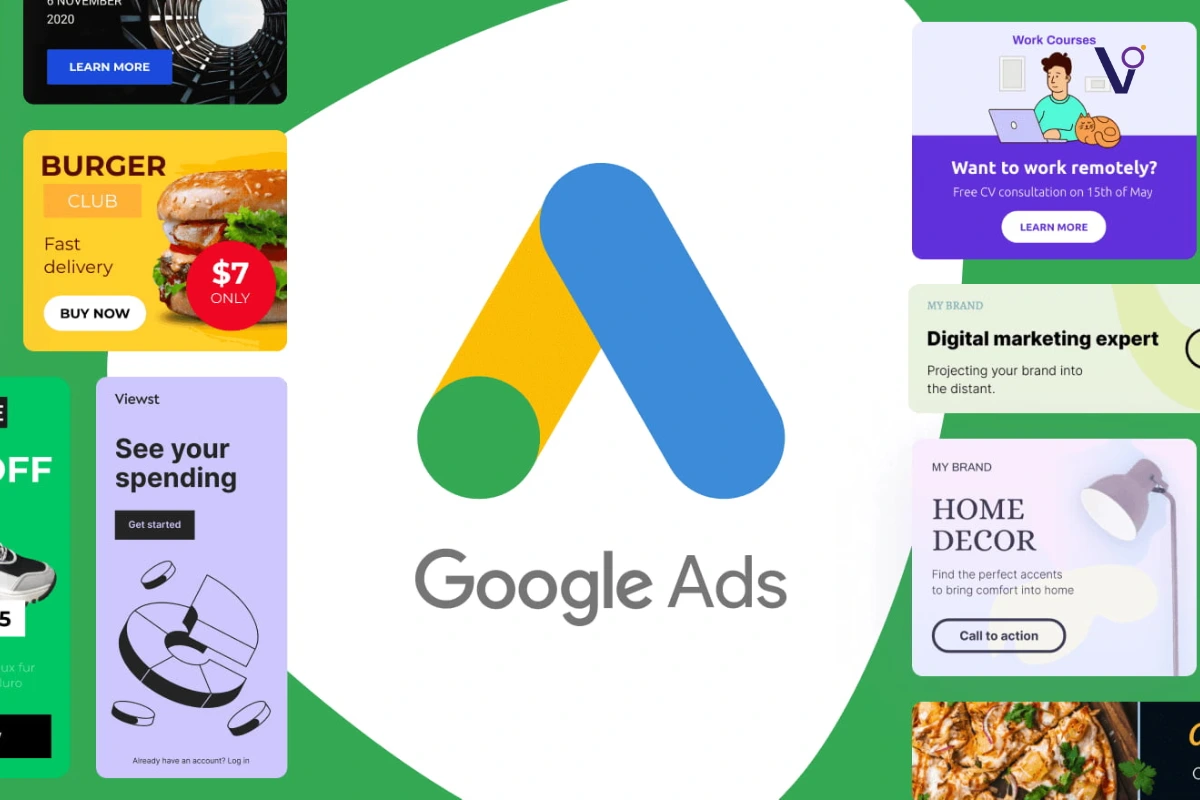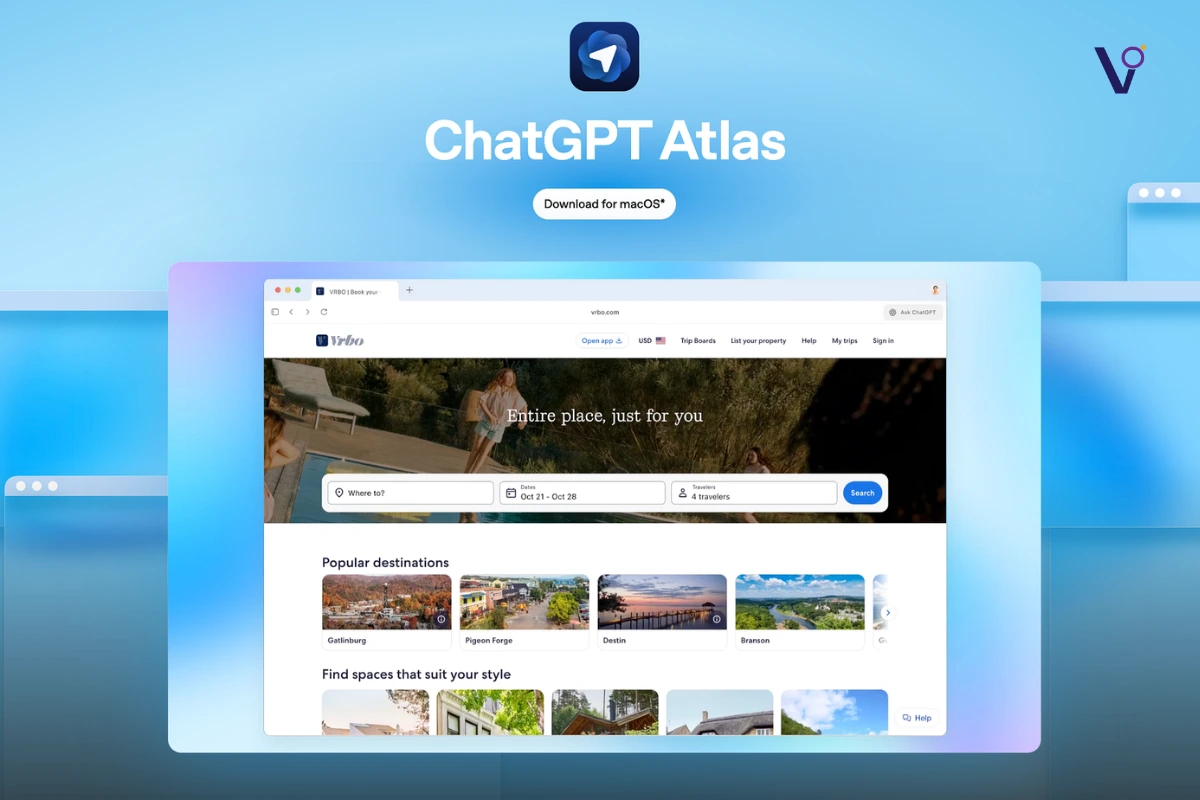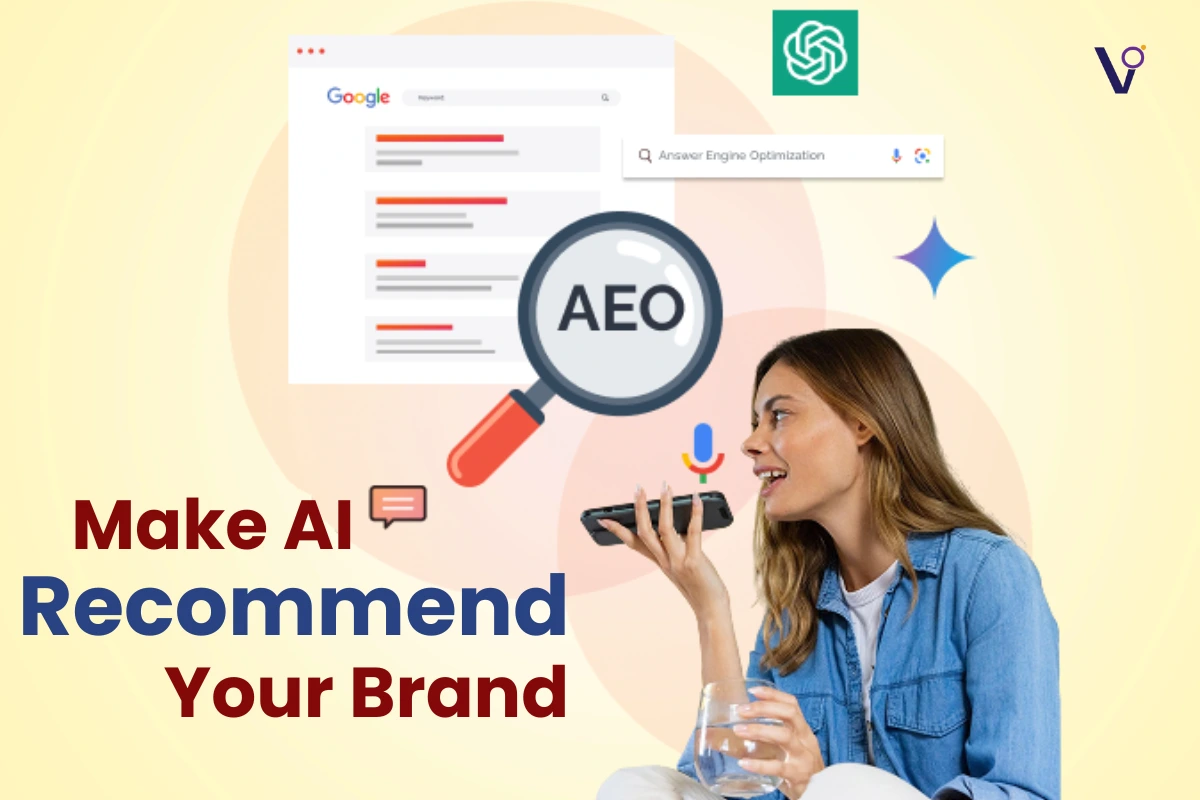If there’s one thing that determines whether a Google ads campaign succeeds or fails, it’s not your font, it’s not your ad placement, it’s the words you write. Google’s search network fixes every visual variable. You can’t change fonts, colors, or text size. The only way to stand out is through your ad copy. That’s what makes or breaks your campaign. So in this blog, we’re walking you through the exact techniques and proven strategies we use to write ad copy that gets clicks and converts.
Let’s get into it.
1. Match Your Ad Copy to Search Intent
The first rule of writing high-performing Google ads is ad search and copy congruity. In simple terms, use the same words your prospects use when they search.
When people see those exact words in your ad, they instantly feel like this is what they were looking for. This increases both your click-through rate (CTR) and conversions.
Pointers:
- Mirror the exact keywords people type into Google
- Example: If you’re bidding on “Google Ads agency,” your ad should say Google Ads agency
- Go a step further and pin that phrase in Position 1 in your responsive search ad headlines
And don’t stop at the ad. Your landing page must also reflect the language. This isn’t just good for conversions, it helps improve your Google Quality Score, lowering your cost-per-click and boosting your ad position.
2. Include a Call to Action
A big mistake advertisers make is skipping the call to action (CTA), or including too many.
Here’s what works:
- Have one, direct, easy-to-understand CTA
- Avoid limp phrases like Learn More or Check Out Details
- Be bold. Book Your Free Roof Survey Now works better because it’s clear and actionable
If your CTA’s too long for a headline, drop it into the description where you’ve got more characters. But never clutter your ad with multiple CTAs. It confuses people.
3. Use Your Brand Name If It Matters
If you’ve built up brand recognition in your space, whether your company’s name or the product you sell, don’t hide it in your URL. Put it directly in your ad copy.
Why? Because people trust names they recognize. It improves both CTR and conversions. Yet we constantly see advertisers skip this, even massive brands. Don’t make that mistake.
4. Focus on Benefits, Not Just Features
Another classic Google Ads mistake is talking about your product’s features but forgetting to explain why anyone should care. Features tell. Benefits sell.
Example:
- Bad: We manage contractors for you
- Good: Hassle-free home renovations
The second one tells people what they’re really getting, less stress. Ask yourself why would someone care about this feature? What’s the outcome for them? That’s what your ad needs to focus on.
5. Ladder Up to High-Level Emotions
Let’s take it even further. Beyond benefits, ask why this benefit matters to them.
Keep asking why until you reach a deep emotional driver like health, confidence, status, or relationships.
Example:
- Feature: 50% Off Gym Membership
- Benefit: Lose Weight
- Emotion: Get Beach Body Ready
That taps into people’s real desires, looking and feeling better in front of others. Most advertisers stop at benefits. The best ones connect to emotions. That’s what makes someone click.
Why it works? People don’t buy products. They buy feelings and outcomes.
6. Use Guarantees to Remove Risk
Guarantees work. And almost no one uses them effectively in Google Ads.
Simple guarantee examples:
- 100% Money Back Guarantee
- Lose 10lbs in 3 Months or We Train You for Free
- 24/7 hour service

Or if you’re nervous about giving refunds, promise to keep working with them until the result is delivered. Either way, the point is to reverse the risk and make clicking your ad feel safe.
Best practices:
- Use your guarantee in your headline if you can fit it
- Otherwise, include it in the description
- Add conditions if needed, like attending all sessions for a personal trainer
This works especially well for local businesses and high-ticket services where your competitors aren’t doing this at all.
7. Stand Out From the Crowd
Most advertisers write bland, safe copy by borrowing lines from competitors. That just makes you blend in. The best results come from standing out.
Ways to stand out:
- Use humor when appropriate
- Create curiosity
- Be bold, cheeky, or make an outrageous guarantee
Example:
We’ll beat your current agency or take your whole team on vacation
Yes, bold ideas might flop and that’s fine. One great idea can outperform ten average ones.
Pro tip:
Use Google’s responsive search ads to test multiple bold headlines. Let Google figure out which one crushes it.
The Ultimate Google Ads Copy Checklist
When you sit down to write Google Ads, run through this checklist:
- Mirror search intent in your ad copy
- Include one, clear, strong CTA
- Use your brand or product name if people recognize it
- Focus on benefits, not product features
- Ladder benefits up to deep emotional reasons
- Add a guarantee to reduce risk
- Stand out using humor, curiosity, or bold statements
Focus on strong ad copy: match search intent, clear CTA, benefits, emotional laddering, guarantees, and differentiation to drive clicks and conversions—not step‑by‑step campaign setup.
A good ROAS typically starts at 2-3x. Though one example hit 34x, that wasn’t ideal as it came from brand searches with no incremental value.
Aim for 3-5% on search ads. Strong congruence between search terms, benefits-driven copy, and standout messaging increases CTR and conversions.



